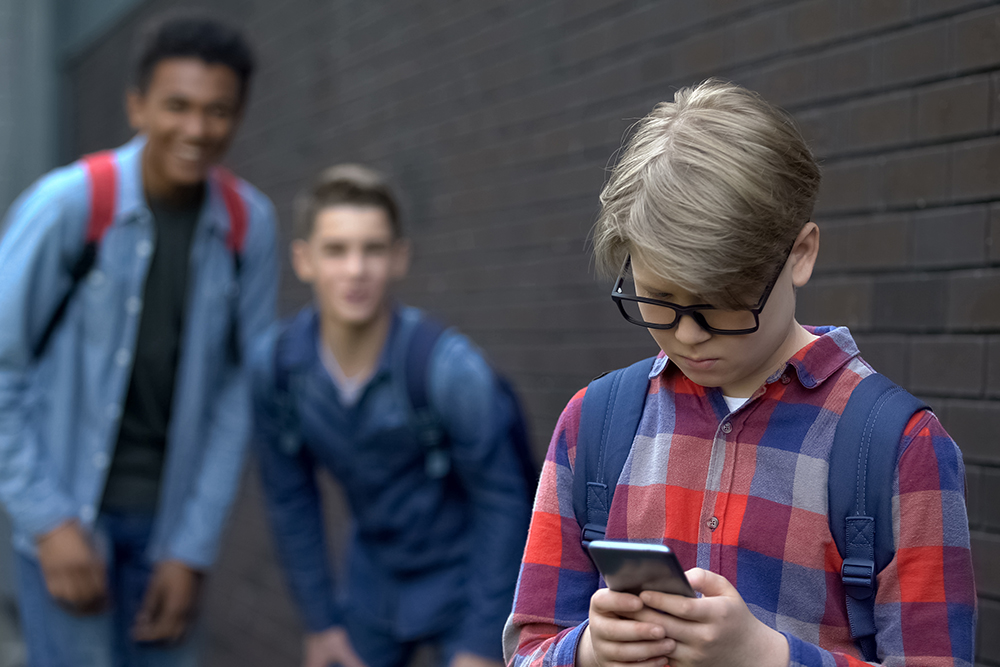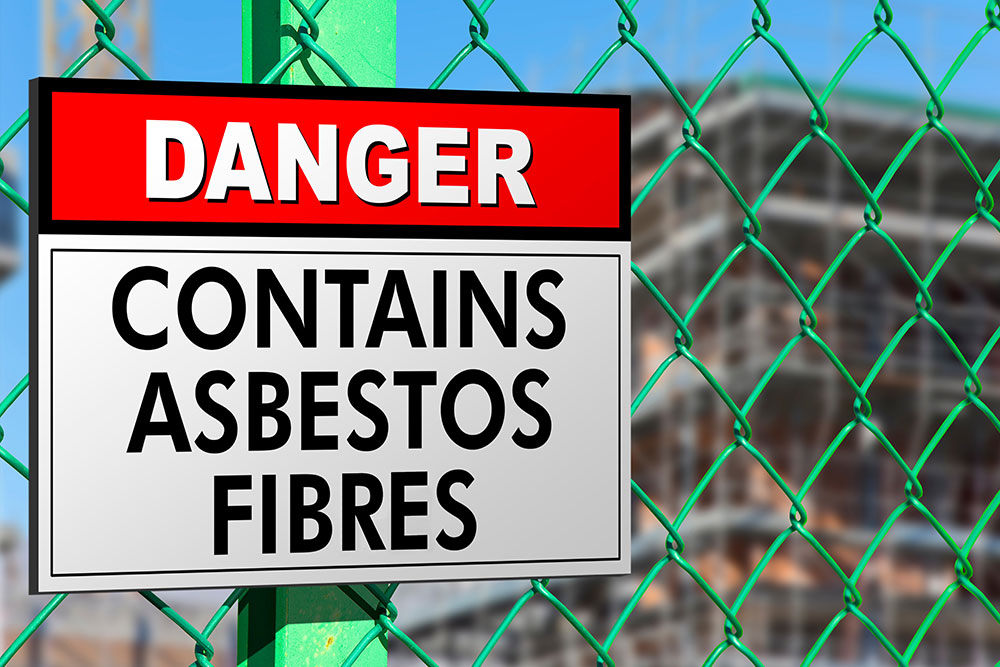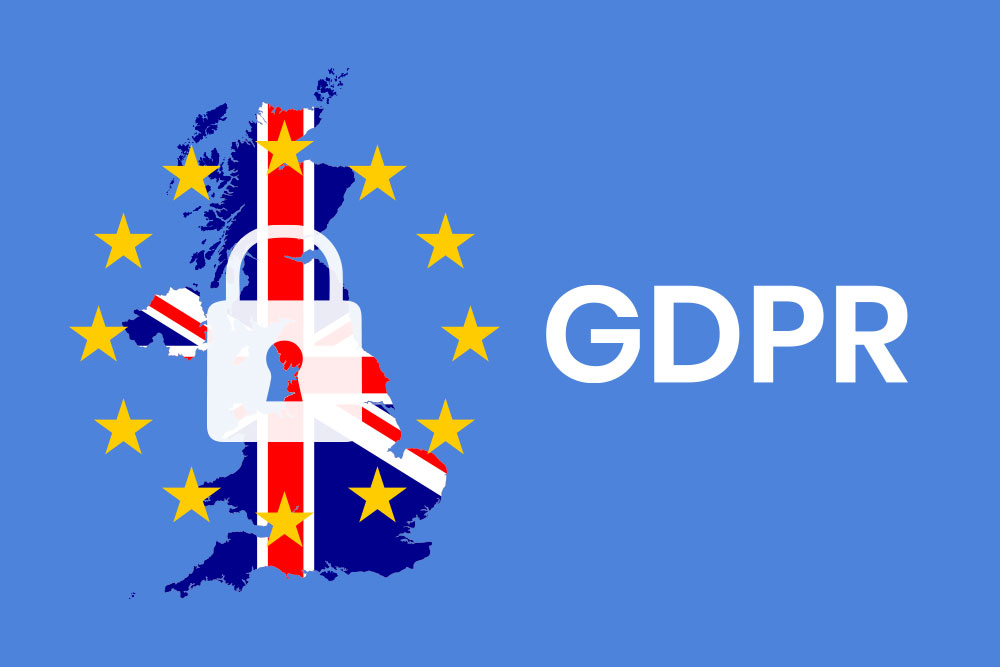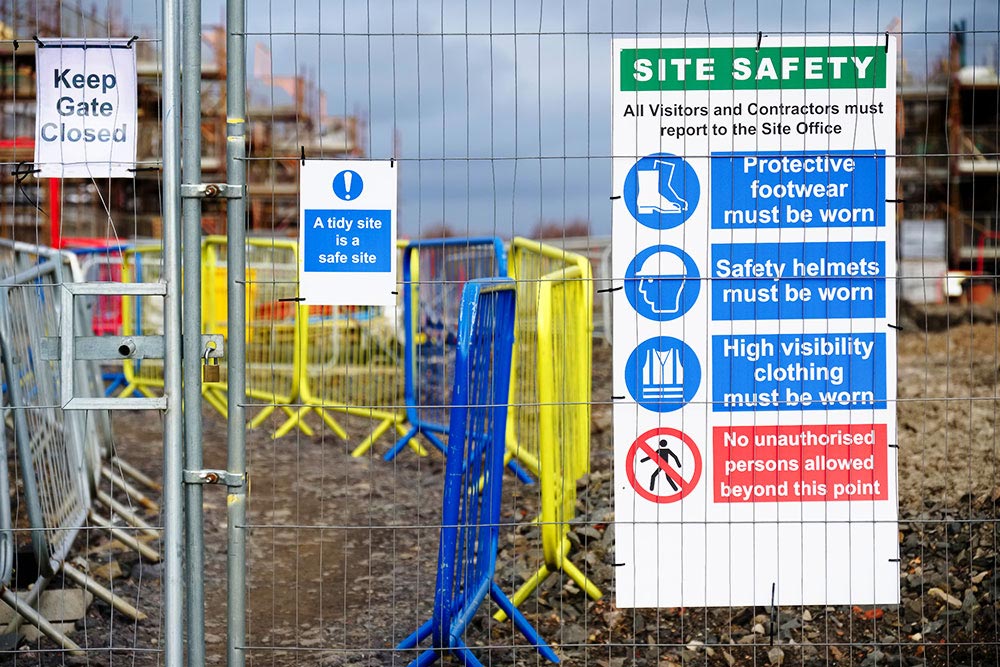
For children now, bullying doesn’t stop at school. The rise of social media, messaging apps and online gaming has introduced a new dimension: cyberbullying.
Spreading false rumors, sending hurtful messages or sharing embarrassing content – all these are examples of cyberbullying.
If you’re a teacher or work with children, you must know how to stop cyberbullying and support young people’s mental health.
What is Cyberbullying and Why Are Children at Risk?
Cyberbullying involves the use of digital platforms like social media, messaging apps or online gaming to harass, intimidate or harm others. Some examples include spreading false rumors, sending hurtful messages and posting embarrassing pictures or videos.
These actions can have a severe and lasting emotional impact. Victims can experience anxiety, depression, social isolation and, in extreme cases, resort to self-harm or even suicide.

One of the alarming factors contributing to the prevalence of cyberbullying is that children are exposed to digital technology at an increasingly young age.
On average, children receive their first smartphone at just eight years old. This trend means that most kids are engaging with social media, messaging apps and other online sites as early as primary school.
Exposing children to the online world and giving them the means to communicate privately at such a young age can be problematic. Their emotional immaturity and naivety mean they’re often more vulnerable to cyberbullying.
Safeguarding Courses
Understand safeguarding duties and best practices. Our online safeguarding courses run from Level 1 awareness to Level 3 DSL training. Learn how to identify abuse and meet your responsibilities to safeguard children or vulnerable adults.
How is Cyberbullying Different from Face-to-Face Bullying?
Cyberbullying is different from face-to-face bullying in several ways.
It’s harder to escape because it can happen anytime and anywhere. It’s also less noticeable since adults often don’t monitor their children’s online activities.
While adults are often oblivious, cyberbullying can be very public for children. Online comments, harmful messages, inappropriate videos – all of this is often visible to others online, and viewers can sometimes end up joining in the attack.

In cyberbullying, the bully can also hide their identity by using fake names or staying anonymous. Similarly, the impact isn’t always seen. Some bullies may escalate or prolong their attacks past the point they would in real life, not realising the implications of their actions.
What Forms Can Cyberbullying Take?
Common examples include spreading rumors, sending hateful messages or sharing embarrassing content.
Some other types of cyberbullying to be aware of include:
- Catfishing: When someone creates a fake online persona to deceive or emotionally manipulate a victim.
- Cyberflashing: Sending unsolicited sexually explicit images.
- Griefing: Harassing others in online video games by intentionally harming their characters, stealing loot or disrupting gameplay.
- Hate pages: Creating fake accounts on platforms like Facebook and Instagram to hurt victims. Bullies may post embarrassing photos or screenshots of hurtful messages.
- Outing: Revealing someone’s gender identity or sexual orientation without their consent. Outing can lead to severe emotional distress, especially for teens who may already be struggling with mental health.
How Common is Cyberbullying in Children?
According to the World Health Organization (WHO), one in six school-aged children experience cyberbullying.
Recent figures from the Office of National Statistics revealed that approximately 847,000 children aged 10 to 15 years in England and Wales have been victims of cyberbullying. Of these, more than half reported the incidents to their parents or guardians, while one in five kept it to themselves.
Whether children choose to report the bullying or not, it’s important for both parents and schools to know how to prevent and address these incidents.
How Can Teachers and School Administrators Stop Cyberbullying?
As a teacher or a member of school staff, you’re in a unique position to spot signs of cyberbullying. Here’s how you can help:
1. Be Aware of Your Students’ Emotional State
Stay mindful of your students’ emotional well-being. Do they appear depressed, anxious or distracted? Has their circle of friends changed?
Watch what’s going on during playtimes, in the hallways or other areas of the school. Do you sense any tension between children?
Don’t hesitate to check in with pupils directly to understand what’s happening. Also, speak to other adults around them, including colleagues and parents or caregivers.
2. Educate Students About Cyberbullying and Online Etiquette
Make cyberbullying a part of your classroom discussions. Teach students about the emotional impact of online harassment and the importance of empathy. Also, remind them that their actions online can have real-life consequences.
Encourage students to recognise “red flag moments” when something online makes them feel uncomfortable. Explain the three ways you should respond to cyberbullying:
- Being an ally and supporting the victim
- Being an upstander and trying to stop it
- Always reporting it to an adult
Look for ways to connect anti-cyberbullying lessons to your curriculum topics. Some ways to do this are by comparing bullying to hate speech in history or analysing a bullying situation in a book.
3. Work with Their Families
Communicate with your students’ families about your expectations in the classroom and explain the skills you’re helping students learn related to positive, responsible media use. When parents are informed and on board, they’re more likely to reinforce the messages at home.
Encourage parents to have conversations with their children about online behaviour and the impact of cyberbullying.
Safeguarding Children Courses
For school staff, it’s crucial to protect children from all forms of harm, including cyberbullying. Safeguarding courses can help you understand the risks children face, how to identify signs of abuse or bullying and how to take appropriate action when necessary.
Our online safeguarding courses are designed to help teachers, senior leaders and other staff members identify signs of abuse, understand risks and take appropriate action.
The courses are available at different levels, including:
- Safeguarding Children Level 1: An introductory course which will help you recognise signs of abuse and understand your responsibilities in protecting children.
- Safeguarding Children Level 2: A more detailed course that will help you identify, prevent and respond to issues as well as handle disclosures.
- Designated Safeguarding Lead – Children Training: An advanced course for leadership roles, focusing on managing concerns and legal procedures.
These courses will help you keep your students safe from harm.





















